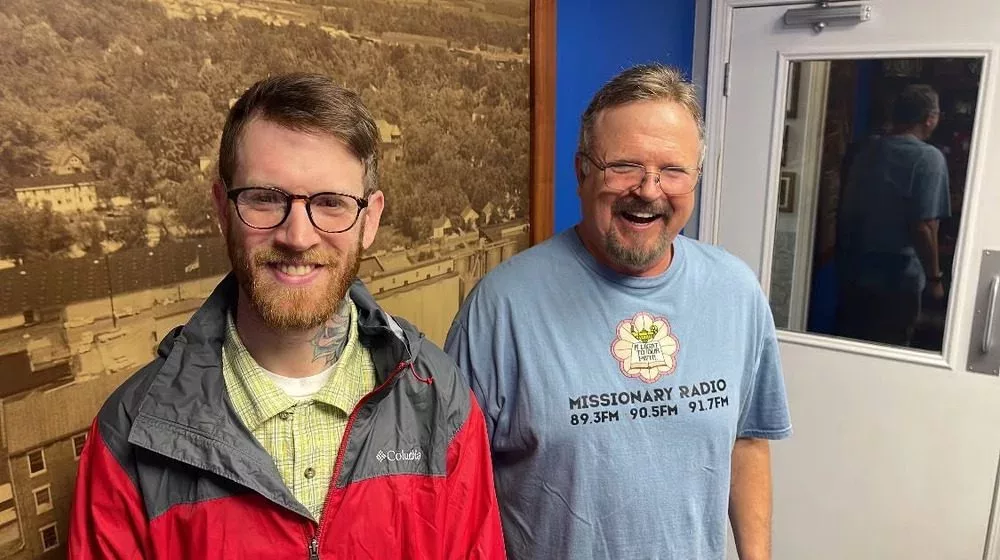
Following a brief discussion during Thursday night’s meeting, the Trigg County Hospital Board of Directors voted unanimously in favor of declining a letter from the John L. Street Library Board — asking to purchase five acres of land located directly behind the educational sanctum’s basement.
Purchased by the hospital within the last three decades, the plat is largely overgrown, unkempt and unusable for activity — save for a small trail now nearly impassable.
CEO John Sumner said the decision, either way, was up to the directors — but questions of where a new ambulance shack should go prove problematic.
Sumner cited the hospital’s growth over the last five years as another key reason to think about the request. Its value has increased from $14 million to $27 million in the span, its ambulances have mostly been replaced, and its newest extension — the Main Street Rural Health Clinic — is now open to the public.
Joe Nichols, of Seven Springs Farms, brought the motion to the table.
Sumner also kept the conversation out of executive session.
In a Thursday evening interview with the News Edge, John L. Street Library Director Pam Metts confirmed that last Tuesday, her board — consisting of Lisa Sadler, Kerri Sweno, Linda Tribble, Tara Alexander and Beverly Gardner — did, in fact, draft a letter addressing TCH officials.
Metts said the library is already in possession of blueprints to expand their facility, and that years ago, former Mayor Lyn Bailey had promised the property in question to the library for such development.
In the years since, however, the hospital has acquired it. Metts noted her board has twice besought officials for the land, only to be rebuffed each time.
Metts said they have to own the needed property before applying for grants, including Community Development Block funds or any in-kind efforts through the Kentucky Department for Libraries and Archives.
The Mize property next to Hancock’s, she said, was a purchase made by the library in order to begin the grant-writing process. However, Metts further urged that the library’s relocation — should it ever become necessary — needs to be a last resort. Its current location, she stressed, is highly convenient for school and family traffic.
Last renovated and expanded in 1994, Metts said these blueprints detail a modern build-out for more parking, more overall square footage and more storage space — and would greatly enhance a campus that already consists of a 6,000-square-foot first floor and a 3,000-square-foot second floor.
According to the Kentucky Public Library Association, communities at minimum deserve a facility that can meet the most basic and essential standards. And those essential standards, considered the lowest acceptable by KPLA, are measured by population statistics.
For a municipality under 39,999 people:
— There must be at least 38 unduplicated hours of service.
— There must be, per week, a minimum of five hours open to the public after 5 PM.
— There must be, per week, a minimum of six hours open to the public during the weekends.
— The library uses automated recordings during closed hours to inform the public about hours of operation.
— The library offers a 24-hour method of returning borrowed materials.
— The library offers public programs free of charge and open to all.
— And the library offers materials and services outside of the library’s property.
Furthermore, for a municipality under 25,000 people:
— The library must offers at least 7,000 square feet of floor space;
— Provide designated space for children’s services and materials;
— Meet the state standard of at least one parking space within a reasonable distance per 500 square feet;
— Have enough room to execute programming without affecting other aspects;
— Maintain an area for physical and mental breaks for staff;
— And keep library furniture and shelving within ADA guidelines of no less than 36 inches for aisles and 27 inches for wheelchair knee clearance.
Metts said the John L. Street Library has “become more than books,” and that after 33 years working there, she’s hoping to see a construction project like this come to life.
She also noted the hospital’s growth is necessary, too, for the community to succeed.





